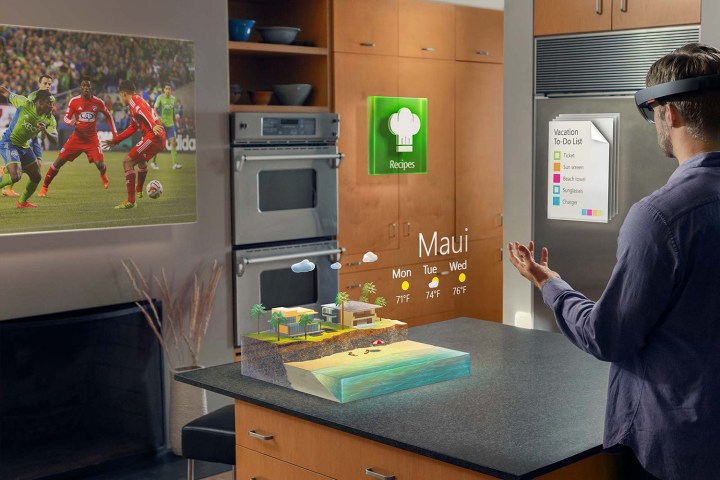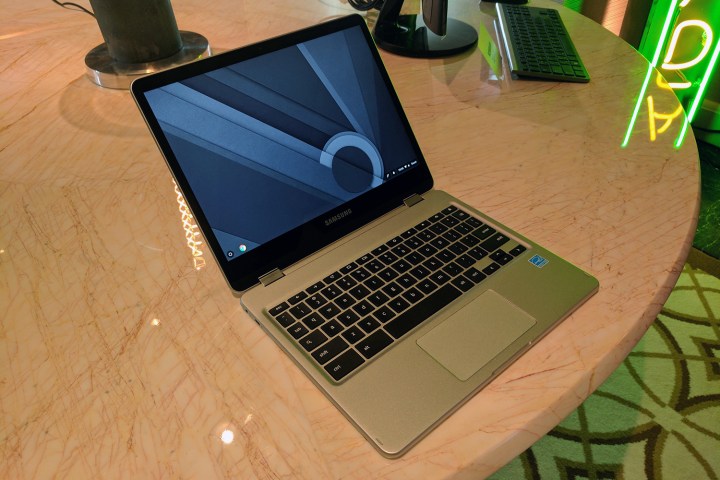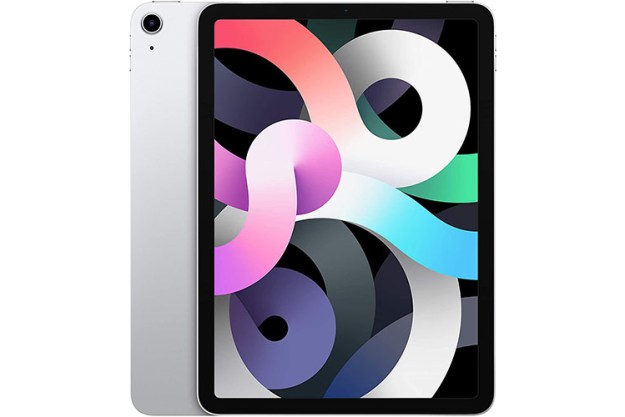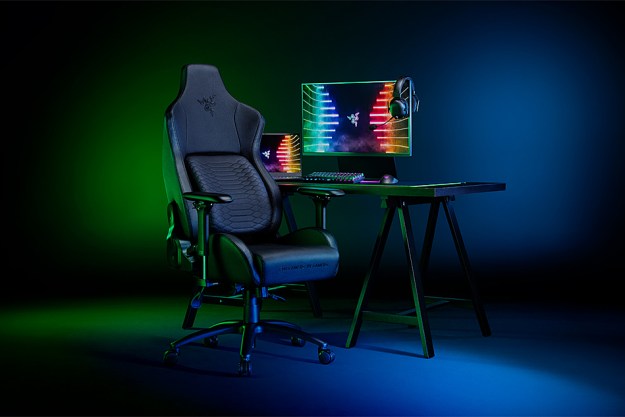
But now, as manufacturers find themselves struggling to surpass existing performance at the same energy levels, a shift is happening. Walking the floors at CES, we saw hardware makers realizing they have to be more specific, and laser focused, to catch up with work that companies like Google, Microsoft, and Intel have been doing at the platform level.
Windows Holographic
Microsoft’s stunning holographic tech demos have stolen the show since the Windows 10 rollout, but there are a lot of unanswered questions about how such a software package would actually come to fruition. The Hololens, Microsoft’s first party answer, is prohibitively expensive at $3,000, and it still isn’t clear when a consumer version will make it to market.
So Microsoft had to stop and reevaluate, and the solution was to allow more companies to make the headsets. Lenovo is the first to move on such a project for Windows Holographic, attempting to bring a lightweight headset to market for around $300, with support for the Windows Holographic API.
Clearly this is a step in a different direction for Lenovo. This headset won’t be as capable as a Vive, but that’s okay — the headset is built for a specific purpose, using a carefully calculated set of components. It doesn’t need to be the fastest. It needs to be the right fit. And that’s not just true for Windows Holographic.
Samsung Chromebook Pro

Take, for example, Samsung’s new Chromebook Plus and Pro. Created in partnership with Google, it’s built for a specific purpose — to bridge the gap between Chrome OS and Android. From the stylus-equipped touchscreen, to the 360-degree hinge, the Chromebook Pro is almost more Android than it is Chrome OS.
And for that purpose, the hardware is more than capable. The m3-6y30 found in the Chromebook Pro should be able to knock down any app from the Google Play Store without breaking a sweat. It might not break any Cinebench records, but for most users, it’s going to provide very usable performance, and it fulfills the software requirements Google has set out and then some.
Then there’s the Plus model, which has an ARM processor of Samsung’s own design. This should prove particularly intriguing, as it sells for just $450, yet offers all the features and app support of the Intel powered model. Samsung admits that it will not be as quick as the Pro version, but we think a lot of users will prefer to save a few bucks.
Asus ZenFone AR

While sitting in on Asus’ CES press conference, we noticed a striking trend. While the hardware was new, it was being created to support existing software and platform advancements — Google’s Tango and Daydream — which were announced months earlier at Google IO. These features are only now being paired up for the first time, and the Zenphone AR had to be specially crafted to include them both.
These features are considered groundbreaking work in the mobile sphere, and they came well ahead of any intent by Google, or any other company to represent them in a physical form. The amount of work that goes into that sort of platform and software project is immense, and never before have we seen companies like Google putting in that amount of time without plans to implement them. Even the new Pixel phones don’t have Tango, and are among the first to officially support Daydream.
How do we move forward?
As we come closer to reaching the practical limits of traditional silicon, making it difficult even for giants like Intel to push technology further, we’ll only see the importance of software increase. New ways to squeeze more out of existing products will become the trend.
The move for hardware manufacturers, then, is to build in a different directions. Intel has done so by focusing on lower-power solutions, but there’s more specific refinement ahead of us. Virtual reality, wearables, and 3D cameras — to name just a few categories — is charging forward, and we’re starting to get ahead of ourselves.
That’s not to say software leading hardware is the tail wagging the dog — quite the opposite, in fact. We’ve recently been unimpressed with the extravagantly expensive systems that shatter our benchmarks. In most cases, that kind of power is overkill, so why not target what’s actually possible, instead of chasing fantasies?


